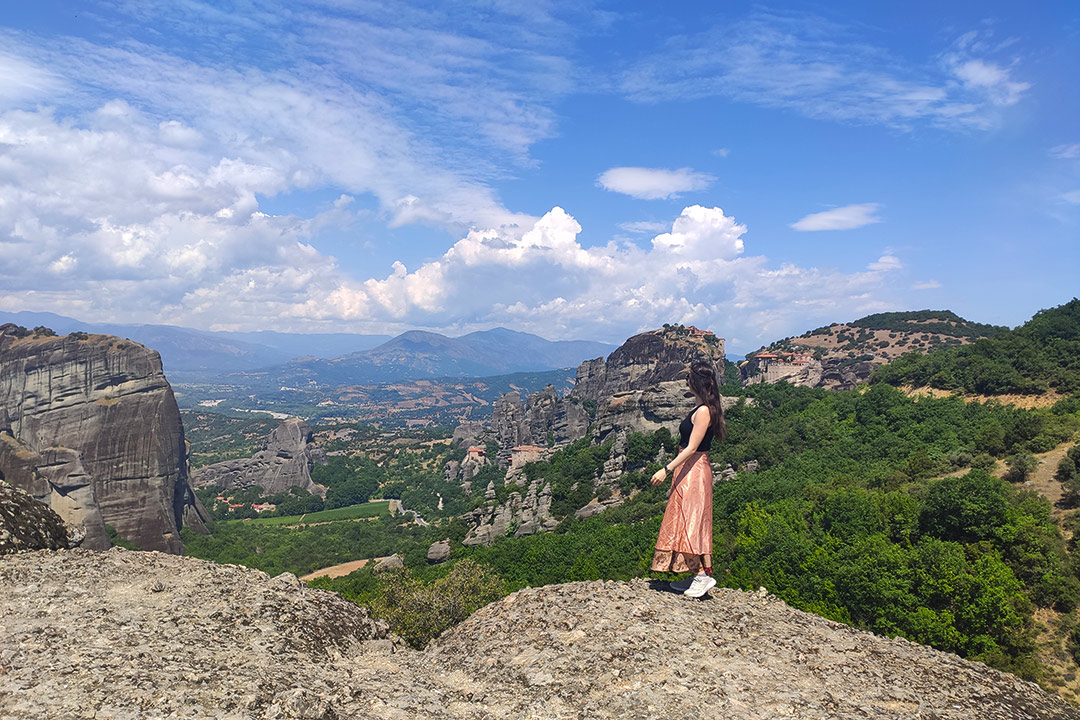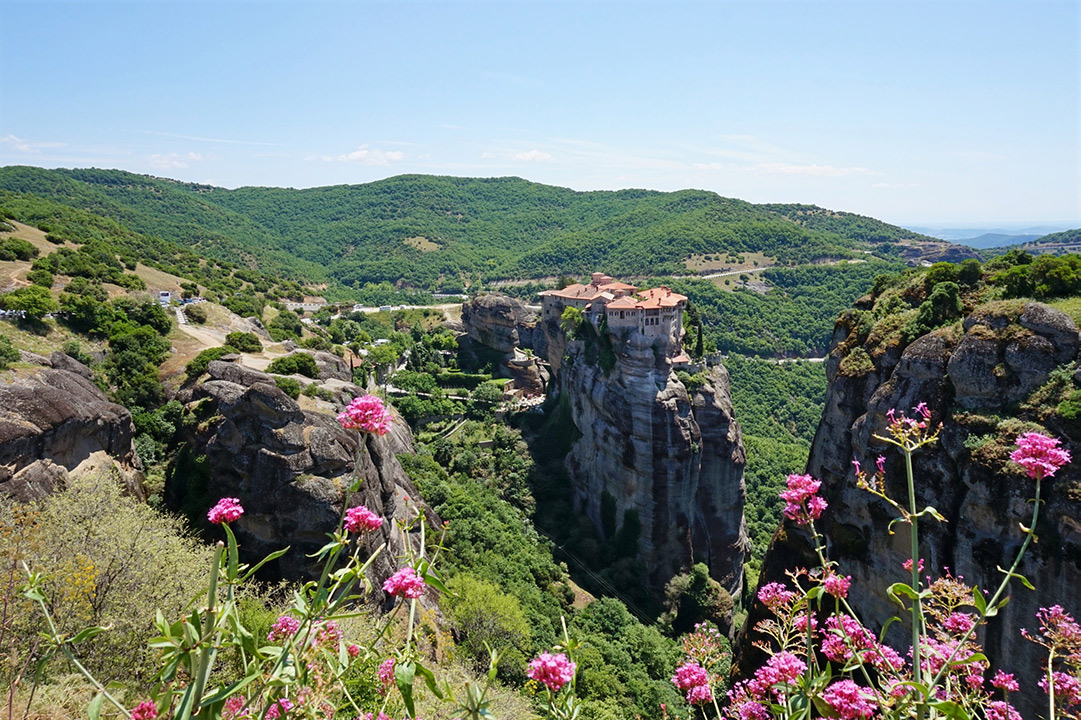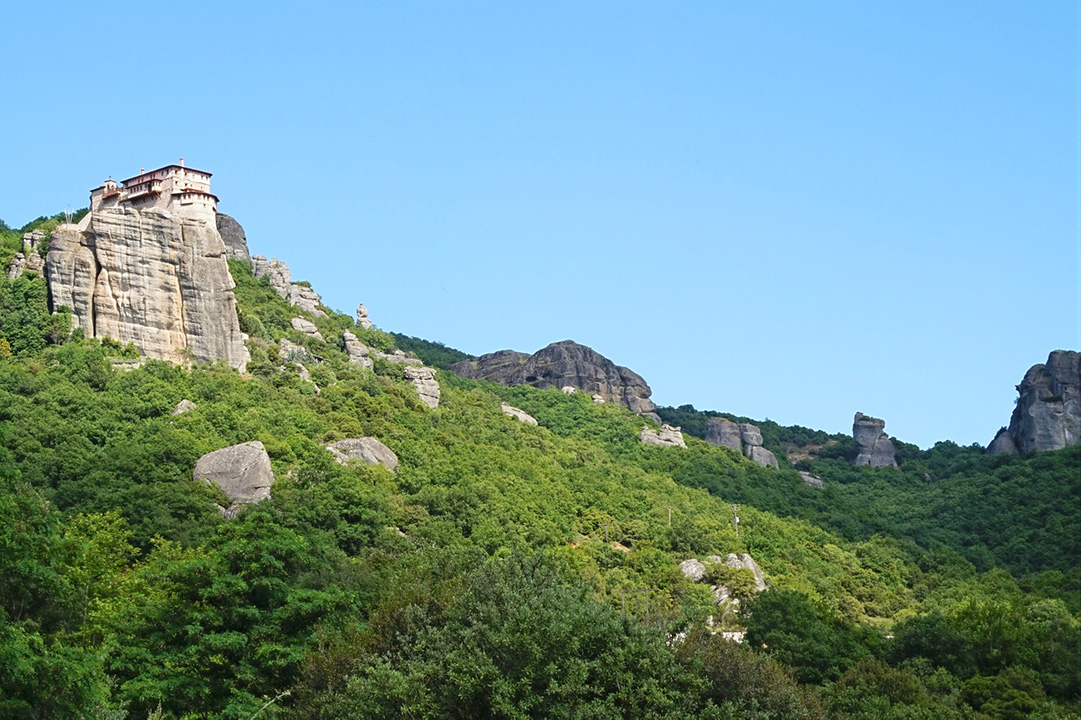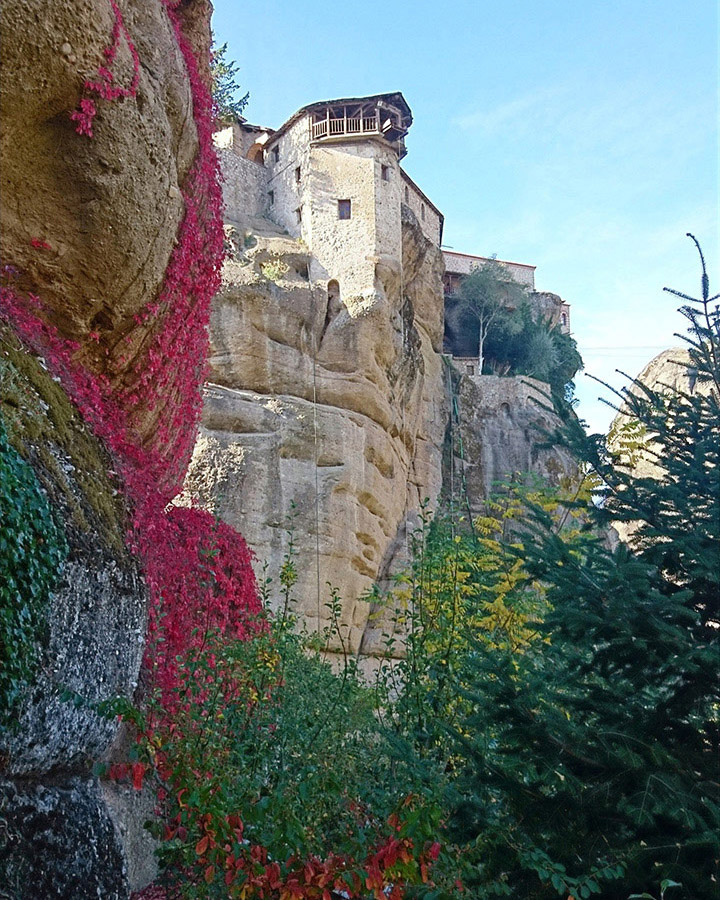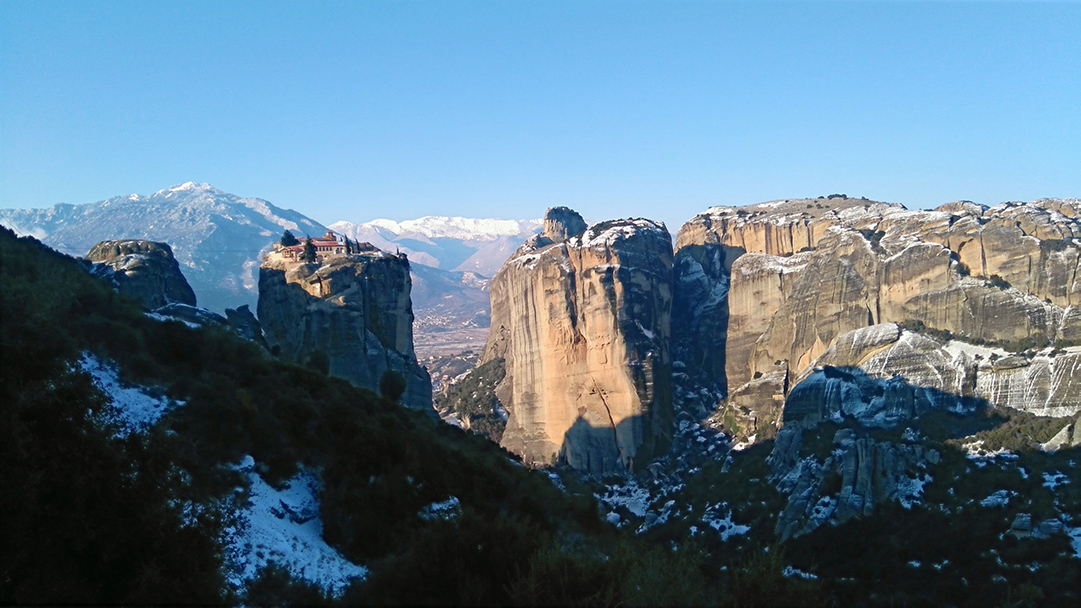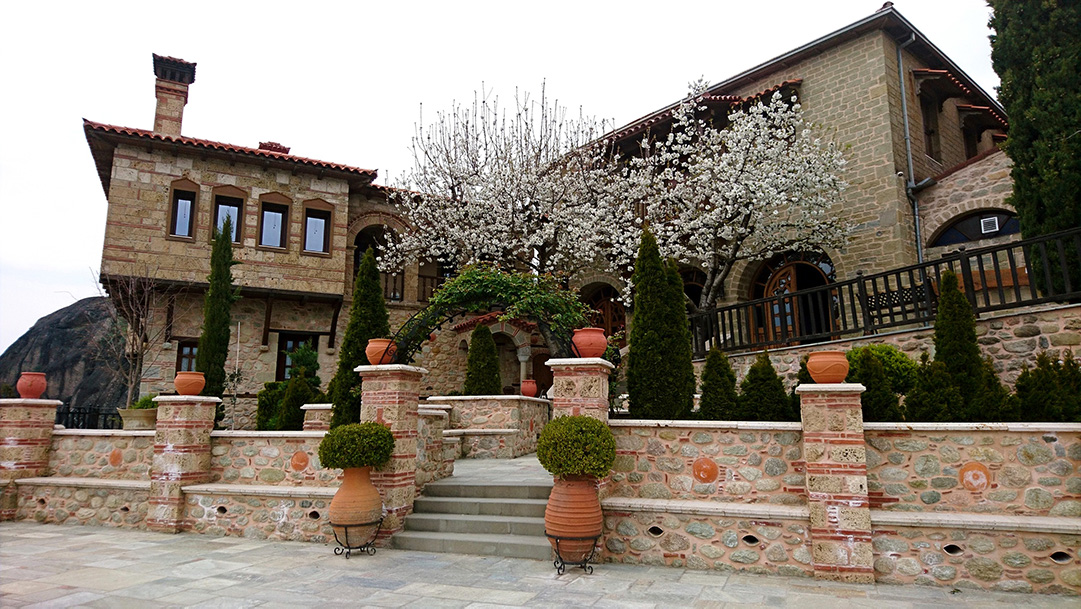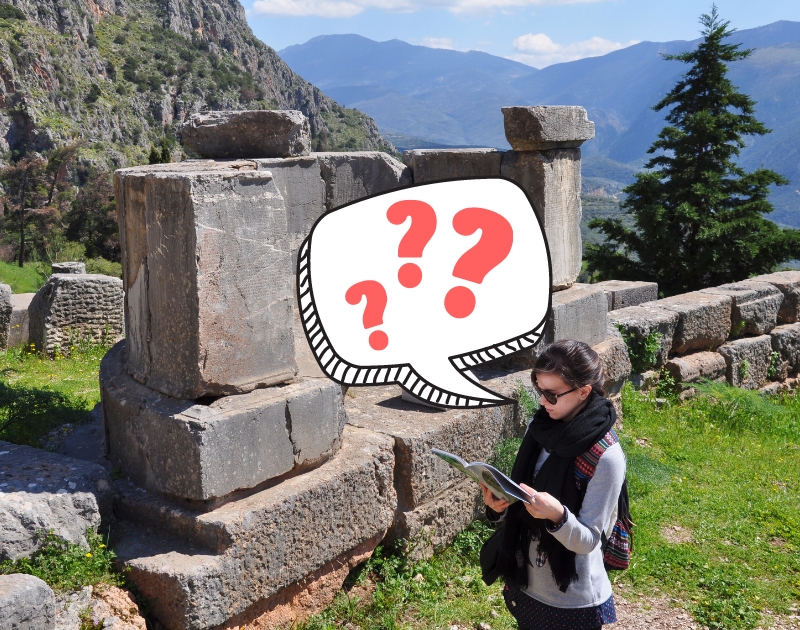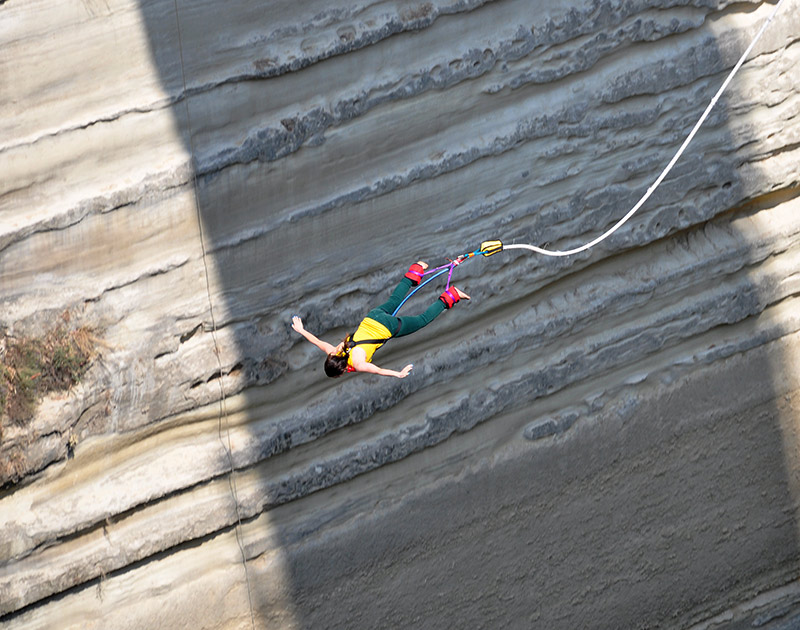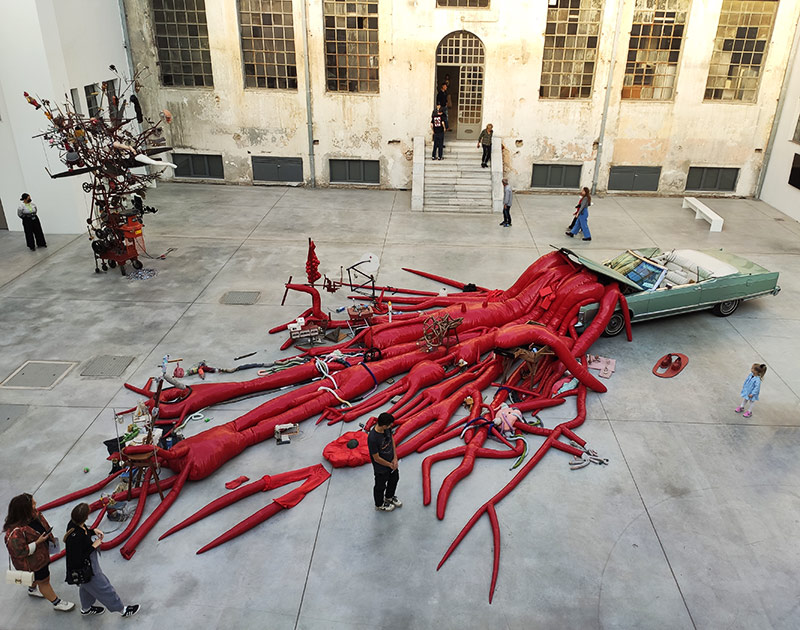Sofia Ps.
Meteora throughout the year
Most people visit Meteora during the summer. I understand that, cause summer is a safe option. Normally the weather is good so you won’t miss out on anything; on the downside it’s really, really hot! I personally enjoy visiting in the winter as well, but depending on the weather some monasteries would be less accessible than others, so take this under consideration as well when you’re making your decision. For instance, if there’s lot’s of snow or a violent storm, maybe you won’t be able to visit the Great Meteoron Monastery. The weather is also important if you’re interested in additional activities, such as hiking, rock climbing, mountain biking, and rafting.
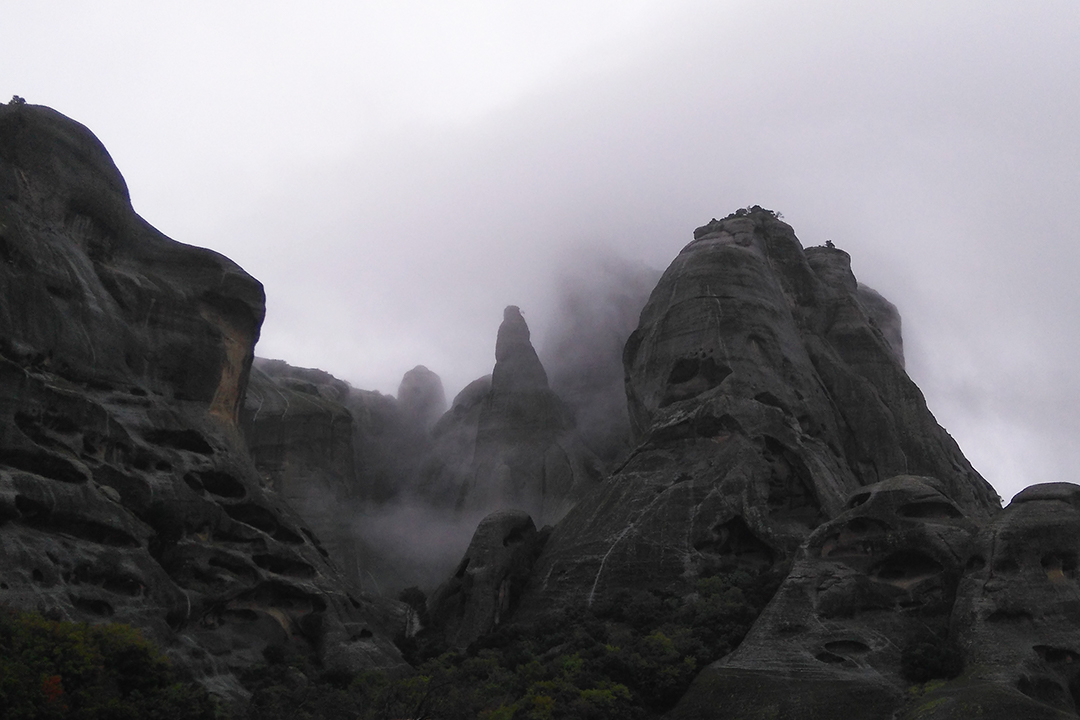
So, generally speaking, the best time to visit Meteora monasteries is probably either in spring or in autumn. The weather is mild and there are less crowds. However, each of the four seasons has a truly unique experience of Meteora to offer.
Spring in Meteora
In the spring (March-April-May) you’ll get mostly nice weather, blue skies with a few clouds, maybe some showers (especially in March), beautiful flowers and lush green scenery. It’s one of the best times of year to visit Greece in general, since you can enjoy warm -but not too hot- weather, and also avoid the crowds.
Summer in Meteora
The summer (June-July-August) is varying from hot to very hot. You’ll get long sunny days, beautiful blue skies and probably no rain, but you’re also getting lots of crowds because it’s high season. If you’re hiking, make sure to choose the time of day wisely, because in midday the temperature is not ideal for walking under the scorching sun. This is the best time to visit if you’re looking for long days with brilliant light.
Autumn in Meteora
Autumn (September-October-November) is similar to spring mostly. Lovely weather, beautiful nature and less crowds than the summer. Crisp mornings and chilly afternoons will make your hikes very pleasurable. This season is my personal favourite for a Meteora visit, because the colours of the scenery are truly phenomenal.
Winter in Meteora
Visiting Meteora during the winter (December-January-February) is a bit risky, because it can be either a magical or a less pleasant experience. If you’re lucky, you’ll get nice winter weather with clear skies, or with a cool mist which creates an out-of-this-word scenery. However, if it’s too misty you’re going to miss the view entirely, if it’s too rainy or snowy you’re not going to have access to the monasteries. I’ve experienced all sorts of weather in my many years visiting Meteora; I’ve had amazing winter days there, but also very bad days where it was so foggy that I couldn’t see absolutely anything or where the monasteries were closed due to very bad weather.
Meteora Monasteries
There are six monasteries open to the public: Monastery of the Transfiguration of the Saviour (also known as Monastery of the Great Meteoron), Varlaam Monastery, St. Stephen Monastery, Roussanou Monastery, Holy Trinity Monastery, and St. Nicholas Anapafsas Monastery. Each monastery is unique and has a different story and amazing things to discover. In order to make the most of your visit, make sure you have enough time to explore, learn more about their history, admire centuries-old frescoes of brilliant Byzantine paintings, take pictures, and visit the museums and shops that some monasteries have!
Final thoughts
All in all, no matter the season, Meteora won’t disappoint you! It’s an amazing destination with breathtaking views, beautiful nature and fascinating history.
You might also like
Sofia Ps.
Sofia Ps.


